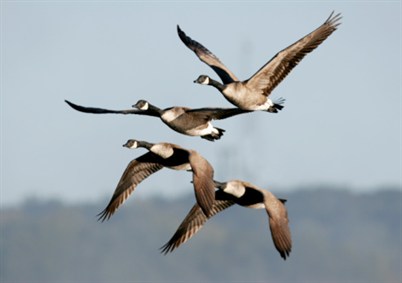[Short Notes – E&B] NCERT Class VI – Social Studies, The Earth Our Habitat – Chapter – 8 (Part-1)
INDIA : CLIMATE, VEGETATION AND WILDLIFE
Read complete book (must) at NCERT Class VI – Social Studies, The Earth Our Habitat – Chapter – 8
\/
\/
Broadly, the major seasons recognised in India are:
• Cold Weather Season (Winter) December to February
• Hot Weather Season (Summer) March to May
• Southwest Monsoon Season (Rainy) June to September
• Season of Retreating Monsoon (Autumn) October and November
\/
COLD WEATHER SEASON OR WINTER
\/
(December to February)
\/
The sun rays do not fall directly in the region. As a result the temperatures are quite low in northern India.
\/
HOT WEATHER SEASON OR SUMMER
\/
(March to May)
\/
The Sun rays more or less directly fall in this region.
Temperature becomes very high.
Hot and dry winds called loo, blow during the day.
\/
SOUTH WEST MONSOON SEASON OR RAINY SEASON
\/
The winds blow from Arabian Sea and Bay of Bengal towards the land.
\/
They carry moisture with them. When these winds strike the mountain barriers, rainfall occurs.
\/
SEASON OF RETREATING MONSOONS OR AUTUMN
\/
Winds move back from the mainland to the Bay of Bengal.
\/
Retreating monsoons
\/
Southern parts of India, particularly Tamil Nadu and Andhra Pradesh receive rainfall in this season.
\/
Climate = The average weather condition, which have been measured over many years.
\/
Monsoon ~ (Arabic word ‘mausim’ – meaning seasons)
\/
Due to India’s location in the tropical region, most of the rain is brought by monsoon winds.
\/
Agriculture in India is dependent on rains. Good monsoons mean adequate rain and a bountiful crop.
\/
The climate of a place is affected by its location, altitude, distance from the sea, and relief.
\/
NATURAL VEGETATION
\/
Different types of natural vegetation are dependent on different climatic conditions, among which the amount of rainfall is very important.
\/
Due to varied climatic conditions, India has a wide range of natural vegetation.
\/
Vegetation of India can be divided into fivetypes
- Tropical evergreen forest
- Tropical deciduous forest
- Thorny bushes
- Mountain vegetation
- Mangrove forests.
\/
TROPICAL RAIN FOREST
\/
Occur in the areas which receive heavy rainfall.
\/
So dense that sunlight doesn’t reach the ground.
\/
Many species of trees are found in these forests, which shed their leaves at different times of the year.
\/
Always appear green and are called evergreen forest
\/
Important trees – mahogany, ebony and rosewood.
\/
Areas : Andaman and Nicobar Islands, parts of North-Eastern states and a narrow strip of the Western slope of the Western Ghats are home of these forests.
\/
TROPICAL DECIDUOUS FORESTS
\/
In large part of our country
\/
Also called monsoon forests.
\/
They are less dense.
\/
They shed their leaves at a particular time of the year.
\/
Important trees : sal, teak, peepal, neem and shisham.
\/
Areas : Madhya Pradesh, Uttar Pradesh, Bihar, Jharkhand, Chhattisgarh, Odisha, and in parts of Maharashtra.
\/
THORNY BUSHES
\/
Found in dry areas of the country.
\/
Leaves are in the form of spines to reduce the loss of water.
\/
Important Trees : Cactus, khair, babool, keekar
\/
Important Areas : States of Rajasthan,Punjab, Haryana, Eastern slopes of Western Ghats and Gujarat
\/
MOUNTAIN VEGETATION
\/
Wide range of species is found in the mountains according to the variation in height
\/
With /\ in height, the temperature \/
\/
most of the trees are conical in shape at a height between 1500 m and 2500 m
\/
These trees are called coniferous trees.
\/
Important trees: Chir, Pine and Deodar
\/
MANGROVE FORESTS
Can survive in saline water
\/
Found mainly in Sunderbans in West Bengal and in the Andaman and Nicobar Islands
\/
Important tress: Sundari is a well-known species of trees in mangrove forests
\/
Share it on Facebook/Twitter/G+
\/














@vijay we will be coming up with more NCERT notes for revision 🙂
Thnx shashank sir for wonderful notes